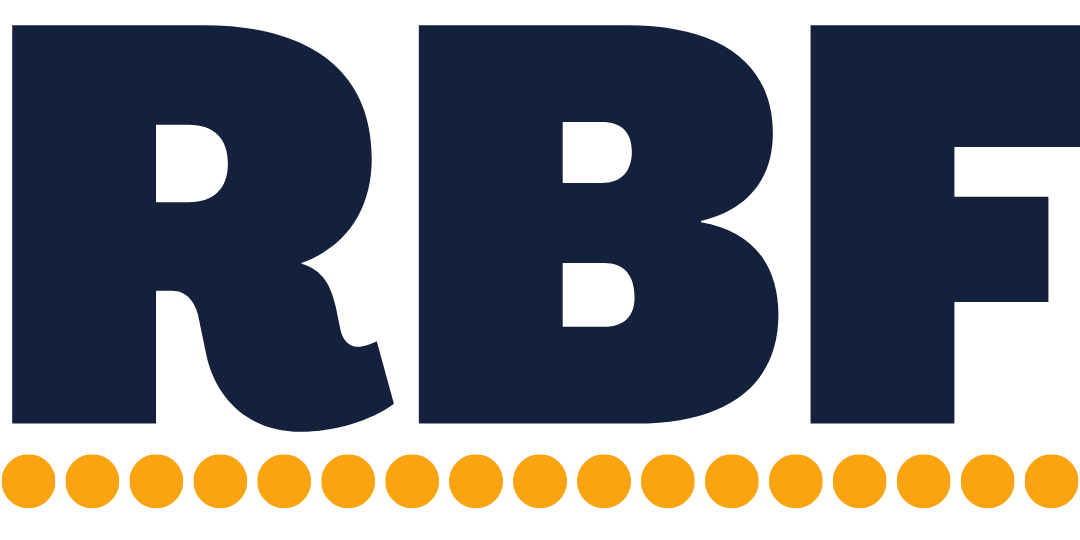The flaws with ROI and other things to consider when making decisions
I won an award! 🥳 CPA Practice Advisor named me on their annual ’40 under 40′ accounting professionals list. I’ve “emerged as [a] future leaders in the profession.” Whoop! 🙌🎉
There’s two sides to every finance/accounting measure and the business decisions that’re based off them. There’s the numbers on the page, the equations, and the literal mathematical side. Then, there’s the deeper analysis that isn’t really reflected in the measure itself and can be forgotten. For example, Return on Investment (aka ROI) is the profit from the investment divided by the cost of the investment. And, it’s generally seen as a way to compare investments against each other. But, it’s only a measure of those two factors (the profit and the cost). It doesn’t account for anything else and your investment decisions (in business or otherwise) will require a deeper analysis.
Now, most small business owners aren’t doing traditional financial ROI calculations. There’s no forecasting of future investment revenue/profit, there’s no calculating true investment cost, and there’s no comparisons between available investments. (And, that’s totally okay because it’s very difficult to do a true traditional ROI comparison in a small business setting.) But, there still is an ROI-esque thought process happening. At some point, you weigh the pros and cons which are typically centered around how much money you’ll make and how much it’ll cost you. Unfortunately, many of the problems with ROI comparisons also carry over to that style of pros and cons comparison.
(Note: There’s technically different ways to calculate ROI, depending on what you’re measuring and what you want to focus on. But, that’s not the point of this email, so we’re gonna casuallyyy ignore that. All the different calculations suffer from the same limitations.)
The effect on cash flow :
Return on investment is a profit-based metric and, like all profit-based metrics, it doesn’t account for your cash flow. You can have an investment with incredible ROI that’ll also destroy your cash flow and jeopardize your business. So, when comparing the ROI of different investments, you’ll also need to compare their effect on cash flow. At a minimum, you’ll want to compare:
- the timing of revenue and expenses from the investment (for example, you’re buying a rental property. Rent comes in on the 1st but expenses are throughout the month. There’s a potential timing issue there.)
- how long it takes to see profits from an investment (for example, you’re comparing two marketing campaigns – paid lead generation vs content marketing. It’ll take significantly longer to see the true benefits of content marketing and you’ll need to invest more to get there.)
- whether this investment pulls cash/resources from other parts of your business (for example, you might need to divert employee hours from current work to the new investment. That’ll use your current resources and affect your current business revenue outside the investment.)
And, ask yourself, “how will this investment affect my weekly or monthly cash flow and ability to pay necessary bills?”
Pay-off period (aka how long it’s gonna take):
Profit-based metrics also don’t account for timelines. We usually get around that problem by forcibly adding timelines into those metrics. (For example, Profit & Loss reports are always for a certain time periods like ‘Last financial year’ or ‘January thru May’). But, ROI doesn’t have that and you need to separately consider it. Think about how long it’ll take for you to see the benefit. For example, if you hire a new employee, you’ll see the benefit when they’re trained, up-to-speed, and working at capacity. On the other hand, if you contribute to your retirement account, you won’t see the benefit until you retire and start withdrawing money. That said, a long timeline (like with retirement savings) doesn’t necessarily make an investment bad, it’s just something to be aware of.
The personal opportunity cost:
Traditional ROI decisions are meant to compare various potential business investments. But, in small business, every business investment (beyond what’s necessary to run your business and maintain growth) should also be weighed against not investing and instead taking an extra owners bonus. Because, at the end of the day, we’re doing all this to live our lives and provide for our families. A 50% ROI may be too good to pass up, but a 5% ROI may not be worth it when compared to how you can use that money in your personal life. You can’t put an ROI on time with your family, but an extra vacation may be worth more than certain low-return investments.
Sweat equity :
While you can (and probably should) include your time as part of the investment cost in an ROI comparison, time doesn’t account for allll your sweat equity because sweat equity is more than just time spent. Consider the overtime you’ll need to put in (eg, the nights, weekends, time away from friends/family, etc), hours taken away from paid client work (if your investment isn’t currently paying off), and the added stress.
Risk management :
Every business investment or decision comes with a million risks. There’s business-level risks like concentration risk (aka putting all your eggs in one basket) and investment-level risks like the investment catastrophically failing. ROI won’t help you with all of that. It just helps you figure out what makes money. You’ll need to take a step back to think about all the things that can go wrong, whether you can pivot, and whether the risk is worth the reward.
Action Item:
If you’re currently making a decision, grab a piece of paper and walk thru each of those points. How will your decision affect cash flow? What’s the pay-off period? Should you just take an owners draw? Will it require a lot of sweat equity? What if it doesn’t go according to plan?
